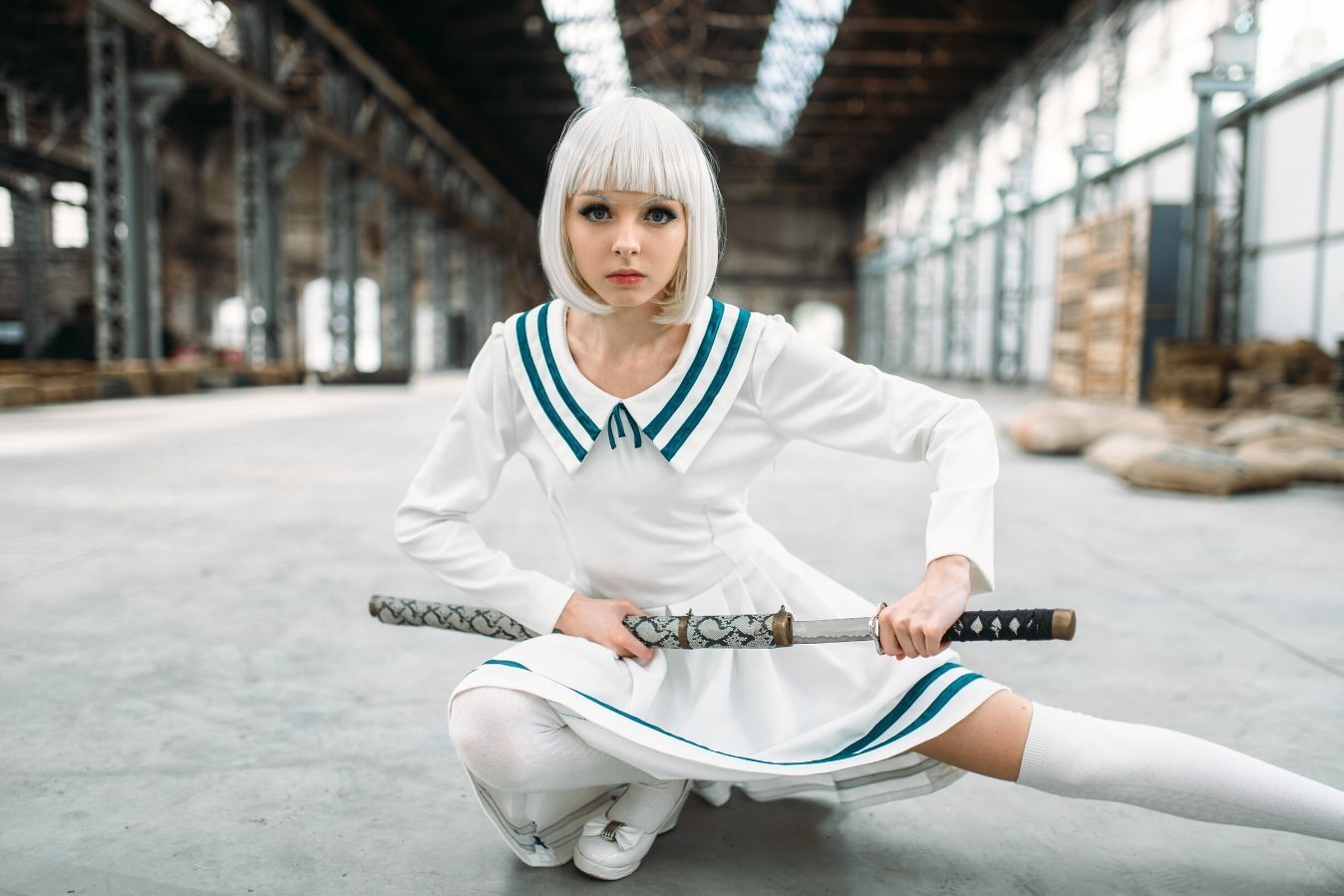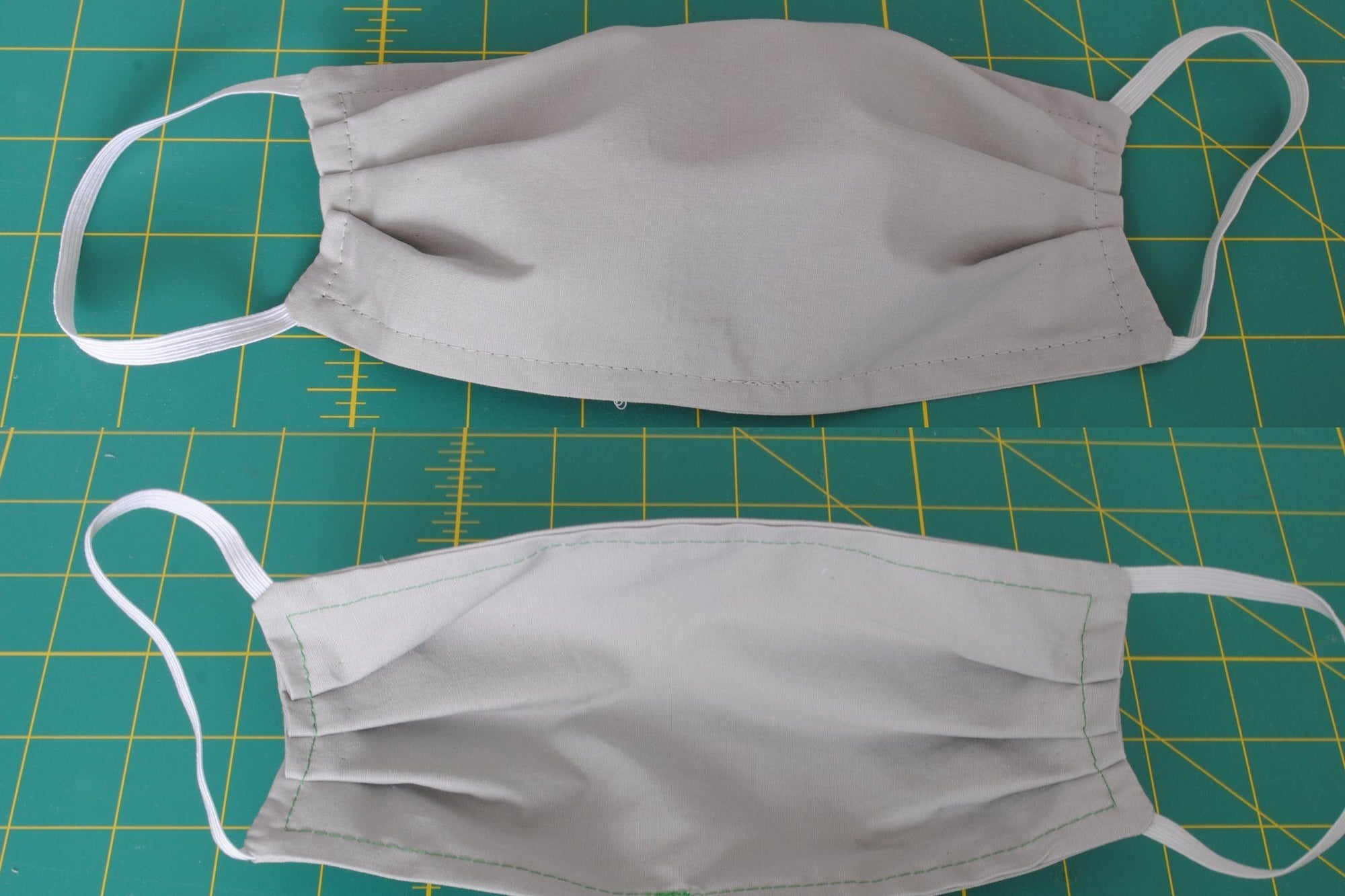Sewing your own clothes is a great way to find relaxation and renewal in your life. While hand-sewing or machine-sewing may initially seem overwhelming and tedious, it shouldn’t stop anyone from trying it for themselves. The following types of basic sewing stitches for beginners will help anyone get into the habit of sewing fabrics into new, beautiful items.
Running Stitch
The running stitch is a good first-time stitching method to learn. It’s perfect for simple seams, hand quilting, and felt-based projects. To perform a running stitch, hold layers of material together. Then bring the needle up through the fabric, then back down, and repeat at even intervals. Smaller stitches will give more security, too. You could also use a stronger variation in which you sew a running stitch, then sew back over with another running stitch.
Backstitch
This stitching method is more popular with embroidery. The backstitch creates strong, permanent seams to hold fabrics. Simply bring a needle up through the fabric away from where the seam will begin. Then, bring it down at the beginning of the seam. Come back up away from the last stitch, and then go back down at the end of it.
Whip Stitch
The whip stitch is best for sewing together flat-edged materials. Many sewers prefer it because it allows them to finish the seam without it unraveling. To do this, simply bring the needle up through the fabric, loop around the edge, and come up again. The stitch should always come from the back to the front to wrap the thread around the fabric edge.
 Transparent
Transparent
 White
White
 Pink
Pink
 Red
Red
 Orange
Orange
 Ivory
Ivory
 Yellow
Yellow
 Gold
Gold
 Brown
Brown
 Green
Green
 Blue
Blue
 Purple
Purple
 Grey
Grey
 Black
Black
 Multi
Multi
 Abstract
Abstract
 African Print
African Print
 Animal Print
Animal Print
 Baby & Nursery
Baby & Nursery
 Buffalo Check
Buffalo Check
 Camo Print
Camo Print
 Celestial
Celestial
 Chevron
Chevron
 Church
Church
 Damask
Damask
 Embroidered
Embroidered
 Floral
Floral
 Geometric
Geometric
 Gingham Check
Gingham Check
 Houndstooth
Houndstooth
 Licensed
Licensed
 Paisley
Paisley
 Plaid
Plaid
 Polka Dot
Polka Dot
 Sports
Sports
 Stripe
Stripe
 Tie Dye
Tie Dye


